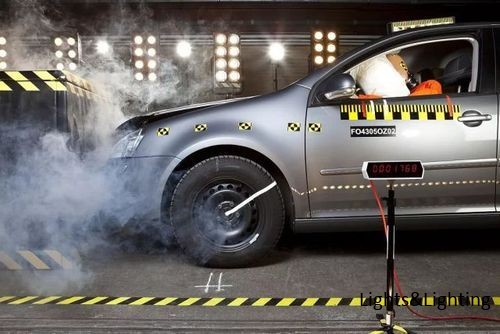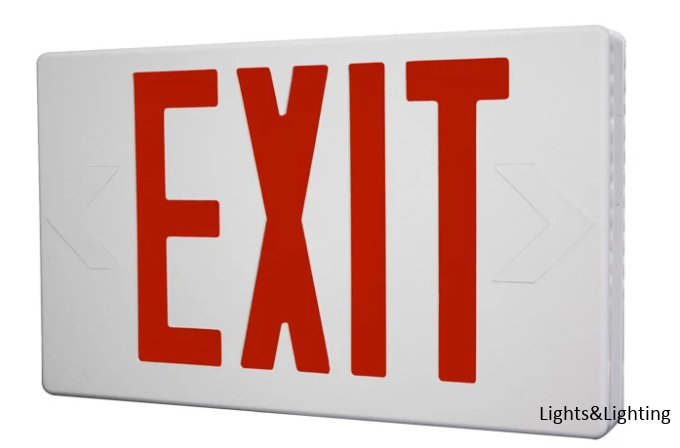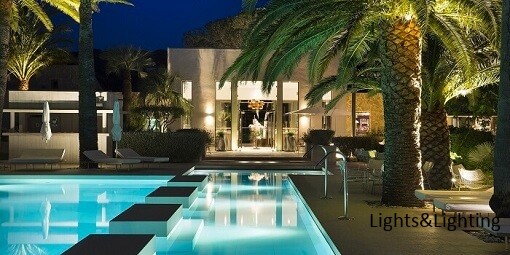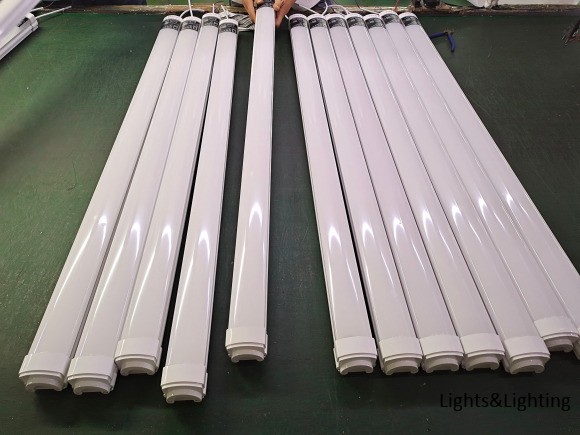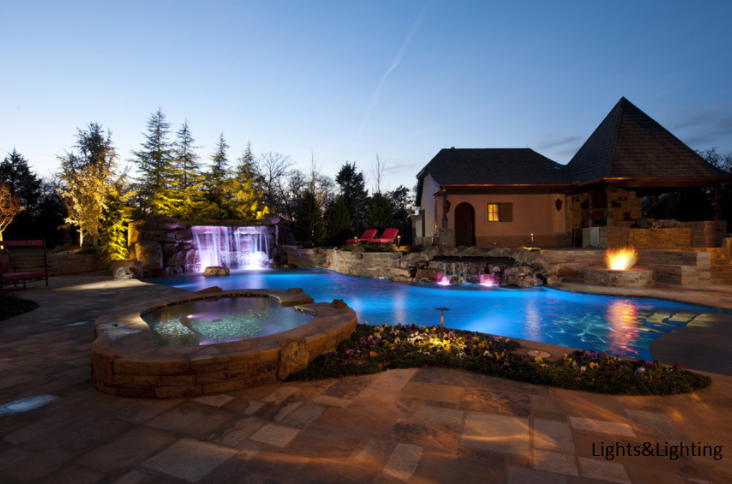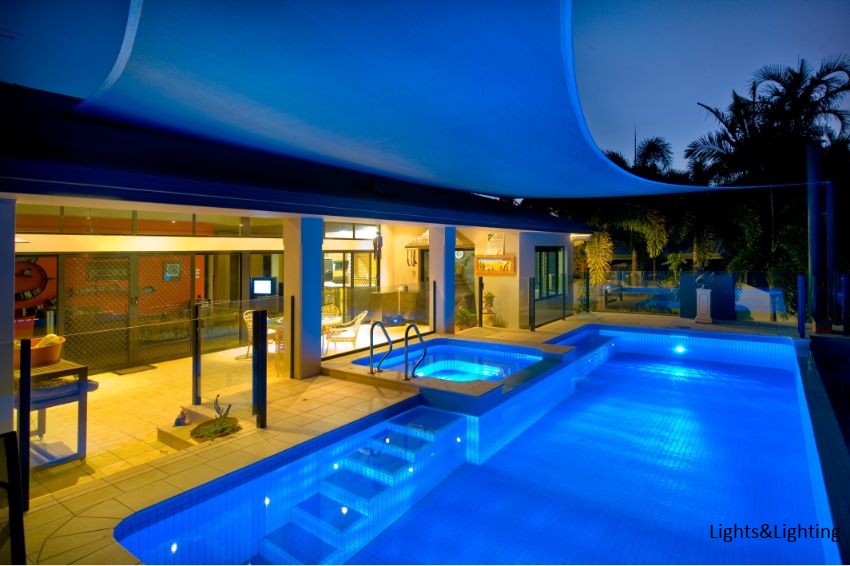There are several types of emergency lights! Read our customer's guide to gain understanding of their differences from material to best location to install!
The Different Types of Emergency Lights Today
As a civilian, there’s a chance that you’ve seen mounted device mounted above the doorway of your favorite restaurant or retail store. Well, that bulky mechanism isn’t just hanging there for decoration, it's actually a form of emergency lighting. Whether is a single fixture with dual bulbs, an exit sign, or a combination of the two, they fulfill a purpose - but what?
Okay, What Exactly is Emergency Lighting Used For?
Building managers, owners, and architects know the importance of these fixtures and so should you. Emergency lighting is a method demonstrated through a series of devices, which are used to limit potential injury if a building needs to be evacuated. In case of a fire, a storm, or any immediate danger, these lighting devices aid in a safe exit and lower confusion and panic. However, there are chances that immediate clearing of the facility may not be possible. In that case, then the lights can provide lumination for procedures to take place.
What are the different types of Emergency Lighting?
As mentioned before, there is more one type of this lighting, but they all are designed to accomplish the same goal. Let’s break each one down:
Exit Signs and Egress Pathways
Picture a room or hallway that you frequent and imagine that it suddenly becomes filled with smoke or the building has experienced a power outage due to that vicious storm outside. In the event of these situations, exit signs and/or egress pathways would help guide you to safety.
emergency lights
Exit Signs are usually positioned above the nearest exits in the building. They are recognized by their red or green lettering of the word EXIT, or illustrations pointing towards a safe escape. There are different types to choose from including:
Thermoplastic
Self-Luminous
Photoluminescent
Edge-Lit
Egress Pathways are floor-mounted lighting that glows in the dark to provide an escape route for individuals during a blackout. They often consist of small LED bulbs, which is suitable for the idea of minimizing the chance of building occupants getting lost. These are usually found in the aisles of airplanes and theaters.
Temporary or Standby Lighting
At times, our lives require activity that needs to continue, even during a power outage. The unfortunate truth is that these emergencies occur in places like hospitals, prisons and ironically fire stations. Temporary lighting would allow for activities to be maintained in the dark. They come in different constructions, size, and can be used indoors or outdoors.
Type of Standby Lighting:
1. Thermoplastic - These emergency lights are the most affordable offered. They combine value with reliability and begin at less than $20 per unit. Thermoplastic emergency lights are suitable for indoor use only.
2. Steel - These emergency lights are offered in a variety of voltage and wattage capacities. Steel emergency lights are popular for warehouse, industrial, and institutional applications. All models are remote capable and different lamp head wattages are available.
3. Wet Location - There emergency lights are waterproof, they can be used where moisture and water are present. Wet location emergency lights used in locations that feature freezing temperatures are outfitted with internal heaters to insure the unit operates correctly. NEMA rated models are protected further.
4. Architectural - These emergency lights are manufactured to provide required emergency illumination and designed to illuminate in style. Architectural emergency lights blend with upscale interiors; many feature recessed housings. Most models can be finished with a custom color of your choice.
5. Hazardous Location - These emergency lights are designed to be used in environments that feature flammable and ignitable gas or vapors. Class 1 Division 2 and Class 1 Division 1 emergency lights are manufactured for the most extreme environments.
Understanding Emergency Lights
Have you ever been in a place without any light? Worse than that, have you ever tried to find your way out of a place without any light? Or, to make it one step worse, how about trying to find your way out of that place without any light, in the midst of an emergency?
The NEC (National Electric Code) and OSHA regulations require the installation of Emergency Lights in all public and commercial buildings, to provide light in the case of a power loss or emergency. Typical places that would require these lights include:
Office buildings
Theatres & churches
Retail outlets
Warehouses
Government offices
Industrial facilities
What are these Emergency Lights?
Emergency lights are permanently mounted, battery operated lights, which are tied into the building’s power grid. They draw power from the grid to maintain the battery fully charged. In the event of a power loss, the light automatically turns on, providing enough light for people to leave the facility.
View Our Most Popular Emergency Lights
Regulations require that the entire egress route be lighted from all areas that can have people in them, all the way to a public way or safe assembly area. A public way would be a sidewalk, street or alley. In the absence of a nearby public way, the facility owner can designate an outside area that is far enough away from the facility to protect the people in the case of a fire, as a safe assembly area.
What Requirements Do These Lights Have to Fulfill?
There are a number of particular requirements that regulations stipulate for these emergency lights:
They must turn on automatically at any power loss
They must remain on for a minimum of 90 minutes
They must provide enough light to light the entire egress route to a minimum o f1 ft-candle of illumination, measured 1 foot above the floor.
Planning an exit light system for a particular facility is best left to architects and electrical engineers, as the calculations for insuring enough light, throughout the egress route, can be complicated.
What Do These Emergency Lights Consist Of?
A typical Emergency Light consists of a housing that contains the battery, a circuit board and a transformer. There are anywhere from one to three reflective lamp heads attached to this housing, with DC light bulbs in them. The power for the light bulbs comes from the battery, which is in turn recharged by the transformer and circuit board. In the case of power loss, the circuit board recognizes it, turning the unit on to provide lighting for emergency egress of the facility.
Fluorescent emergency lights have gained popularity in recent years. The light weight fixture uses a Nickel Cadmium emergency light battery instead of the typical sealed lead acid. This extends the average lifespan of the battery to 2-3 years.
View our Fluorescent Emergency Lights
Wet Location emergency lights are weatherproof and designed for harsh, outdoor conditions. many models come with the option for a battery heater that allows the fixture to operate in freezing temperatures. We even have a model that can handle -40 degrees Fahrenheit.
View our Wet Location Emergency Lights
Explosionproof Emergency Lights exist for hazardous applications (wet environment), materials where flammable materials are used, and locations where the lights are likely to get damaged; along with attractive units for use in offices, hotels and retail outlets. All of these units function in essentially the same way, providing the same level of protection for people trapped within the darkened building.

